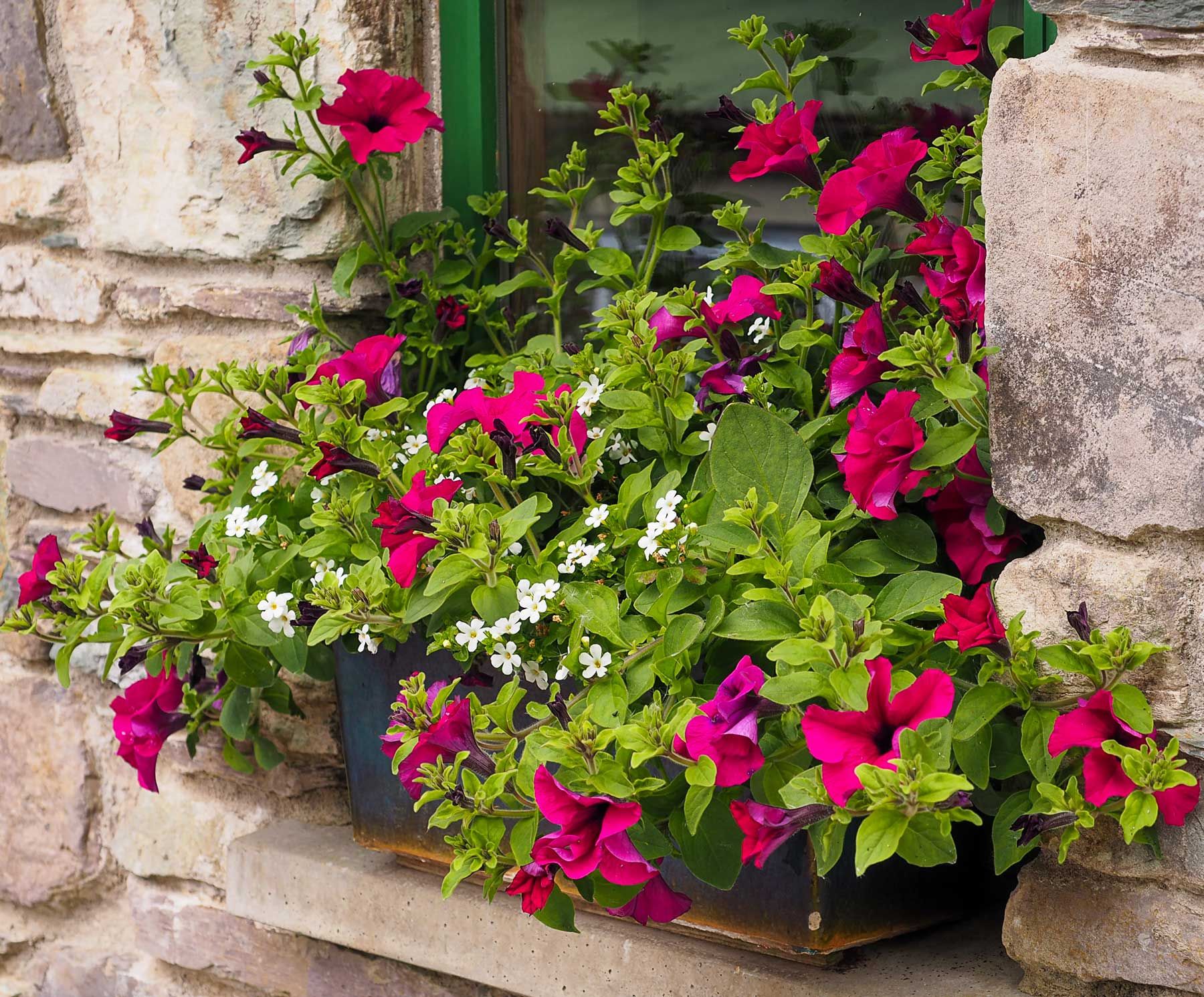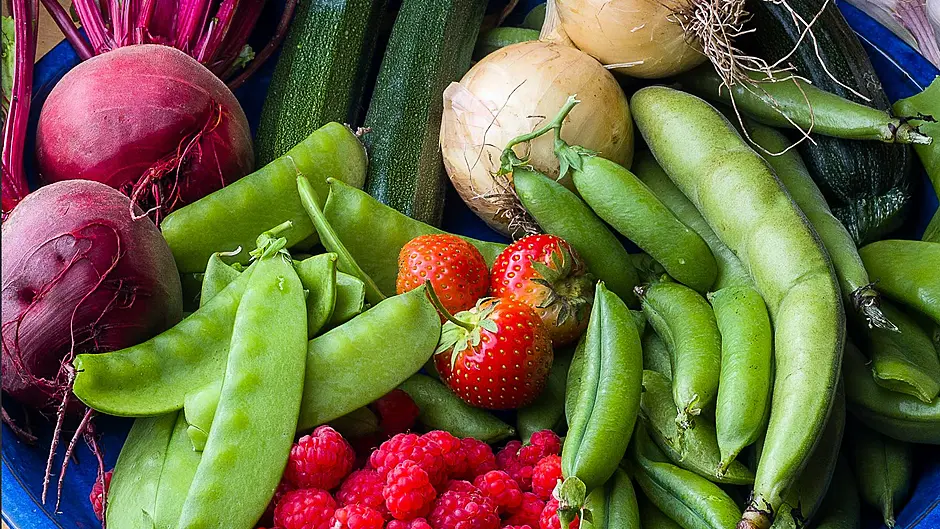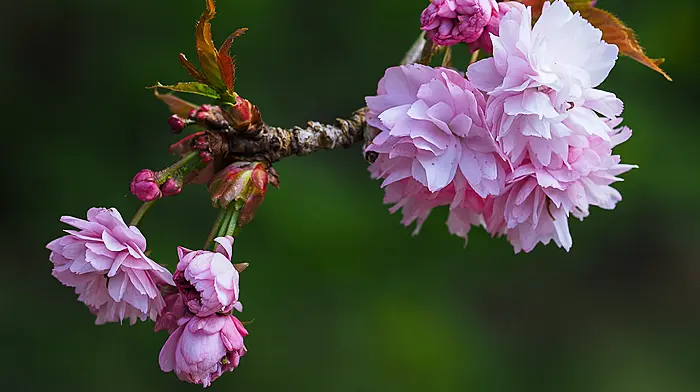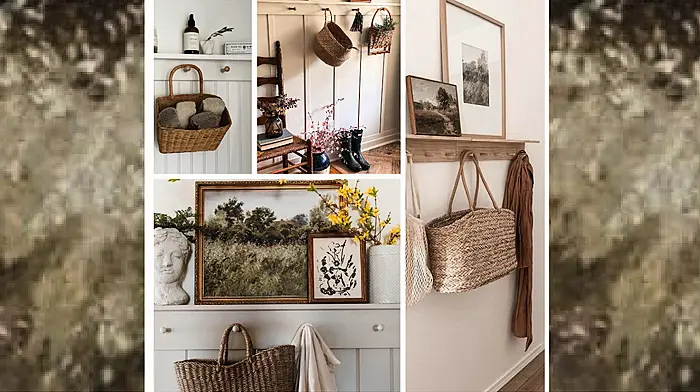WELL, we have had some much-needed rain, even if it has been localised at times or varying between drizzle and heavy downpours. Gardens look fresher for a bit of a soak and many plants have put on a growth spurt.
Remember to check window boxes – these are often protected from direct rain and still need to be watered. You can add a bit of feed too, and remove any dead flower heads, if you want the display to last as long as possible.
 Remember to water and feed window boxes.
Remember to water and feed window boxes.Fabulous fruits
Redcurrants, strawberries and raspberries are coming in steadily now with plants and bushes full of red ripe berries. Keep picking when they are at their fresh, tasty, best and before age, disease, or pests spoil the harvest. I wondered why my securely-netted strawberries were being nipped off plants and where they were disappearing to – until I found a large pile of ripe and unripe berries hidden by a mouse in between some plant pots!
Most gardeners enjoy eating these fruits fresh or cooked in desserts. If there’s a glut, you can make your favourite preserves or put berries into the freezer to use later. Open-freeze on a tray so the berries don’t stick together, then pack in bags or containers once they are frozen.
Cherries are ripening too and these are so popular that unless the tree is netted, the birds are likely to get the bulk of the crop. Hard frosts and lack of rain have led to fewer cherries than usual on my tree and the fruits are a bit smaller too. This can make stone removal difficult if you want to make jam. Freezing the fruit first will soften it enough to pop out the stones, or you can skim off any stones that float to the top of mashed jam in the pan.
Beans and peas
These vegetables taste best when they are young and sweet. Pick broad bean pods when the beans are green and before they become tough and starchy – there’s a mile of difference between the two eating experiences. It looks like a bumper crop of beans and peas this year so there’s no need to hold back on harvesting.
My broad bean plants are now over 6ft tall and there’s a good spread from plump pods lower down to plenty of flowers further up the stems. Keep an eye out for blackfly on the tips of broad bean plants. These pests can easily be controlled by nipping out the tops but do this carefully so you don’t spread the pests. Seal the tops in a bag until all blackfly are killed and the contents can go on the compost heap.
Mange tout peas are usually ready a bit before most podding varieties. Pick the flat mange-tout pods as soon as they are big enough and keep picking if you want more flowers and hence more pods to keep growing.
Dwarf French beans are often sown before the climbing varieties. My dwarf beans in the polytunnel are full of skinny pods – pick these before beans swell inside the pods and lightly cook with lemon and butter. Keep beans watered well if you want them to keep flowering for as long as possible.
Cucumbers and courgettes
This is one of those years! Anyone who grows these plants will know what I mean. Cucumber plants are cropping well and because I always grow a couple of spare plants in case the main ones fail (none have so far) there are more than enough cucumbers to give away to family and visitors.
Courgettes are showing the same productive promise. Try to pick fruits small and enjoy them while the flesh is dense – the larger they grow, the more water content there is and the bigger the seeds.
Keep a close eye out for powdery mildew. Remove any affected leaves before the problem spreads. This is more of a problem if plants are short of water so keep soil damp. And remember that a milk/water spray on any lightly affected leaves will help keep this mildew under control.
Both courgettes and cucumbers make excellent pickles. You will appreciate these when the plants are long gone and the glut is forgotten.
Check your herbs
Many herb plants flowered early in the dry weather and some leaves browned a little if the plants went short of water. Chives seemed to be hit hard in several gardens. Cut out flowering stems on chives once the flowers fade. Cut the browning tops back to a lower level. A healthy clump will soon push up a new round of fresh green shoots.
Don’t over-water thyme in hot weather. This plant thrives in a Mediterranean climate. Trim out any brown stems and maybe buy a replacement small plant to grow on in case you need it.
 Look after your herbs. (Photo: Ben Russell)
Look after your herbs. (Photo: Ben Russell)







